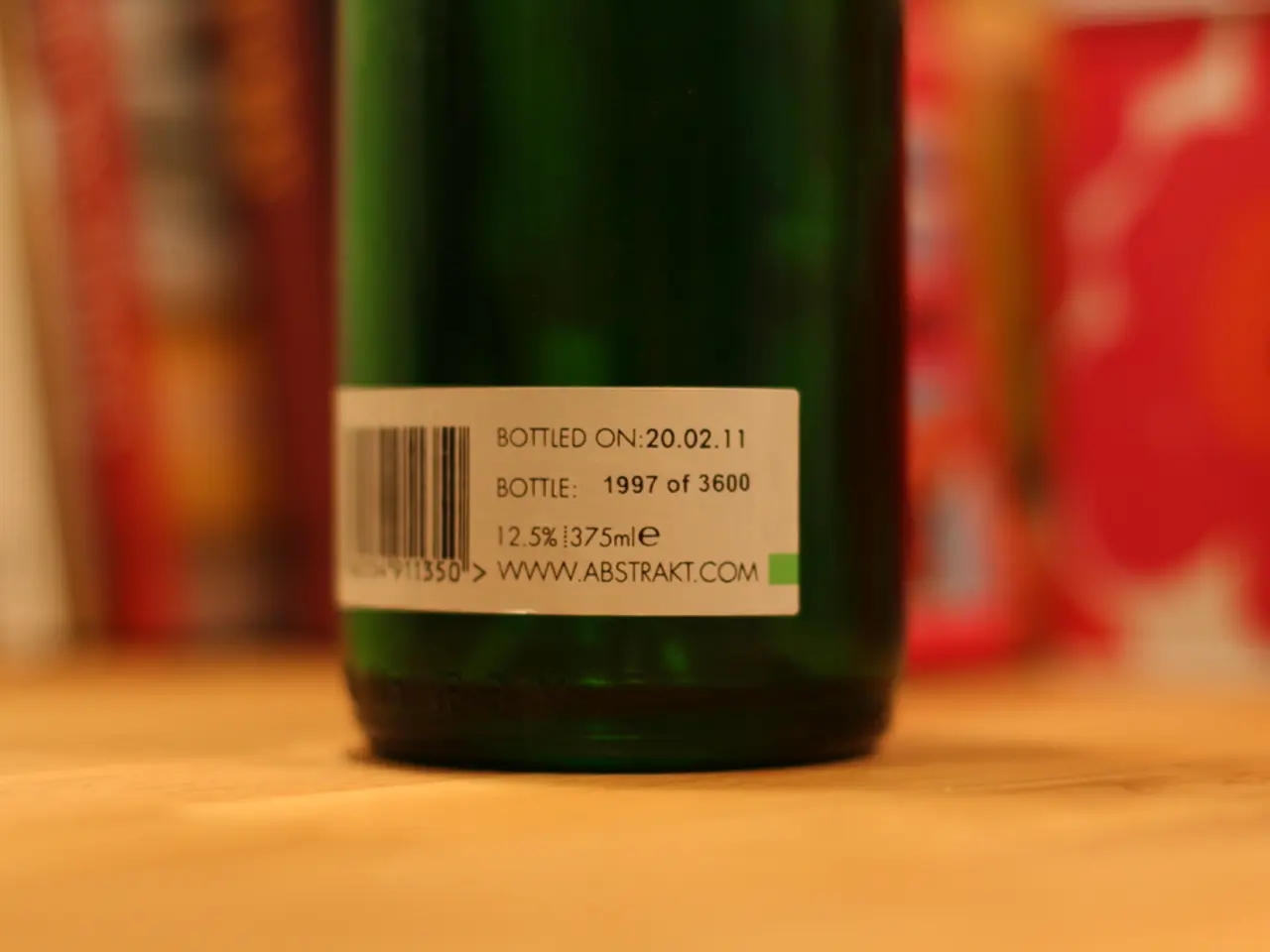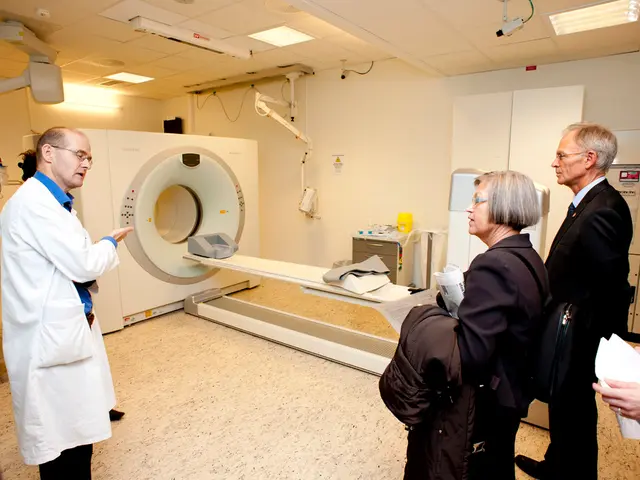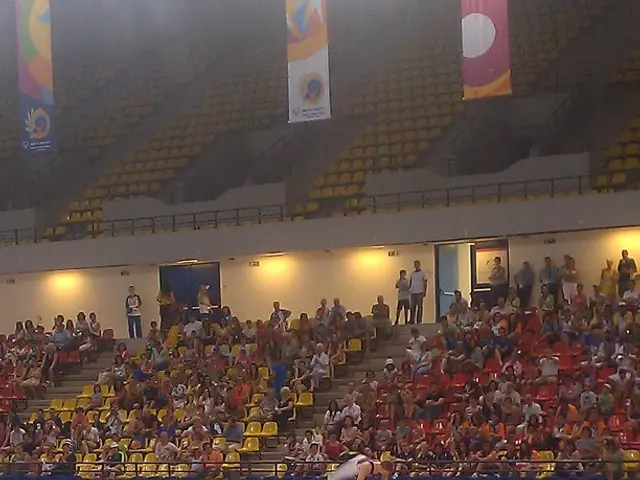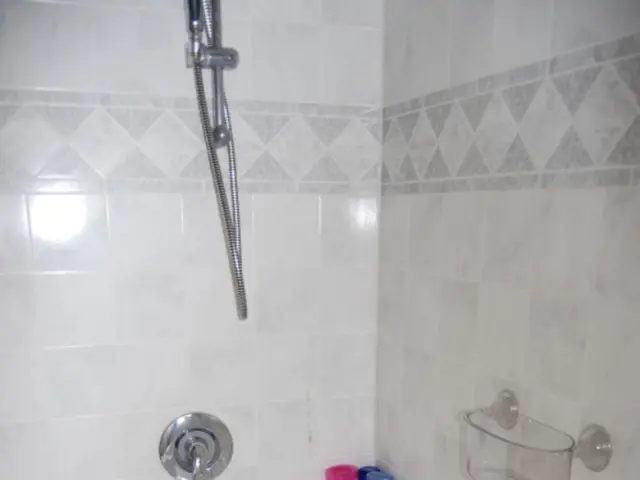Escherichia coli strain CCTCC M 2022134 used to manufacture L-valine through fermentation process
In a recent application, a new feed additive containing L-valine produced by fermentation with Escherichia coli CCTCC M 2022134 has been proposed for use in animal nutrition. The authorisation for this product is sought across all animal species.
The proposed method for determining L-valine in the feed additive, as an alternative to the EN ISO 13903 method, is the ring-trial validated European Union (EU) method based on IEC-UV. For identifying L-valine in the feed additive, the EURL recommends the "L-valine monograph" of the Food Chemical Codex (FCC).
Official control of this feed additive would likely involve confirming the identity of L-valine by chromatographic or spectroscopic methods, measuring its content and concentration using validated HPLC methods, testing for microbial contamination, and ensuring no residual Escherichia coli production strain or recombinant DNA remains. Additionally, compliance with parameters like moisture content, impurities, and heavy metals according to EU feed additive regulations would be checked.
The applicant proposes a limit of detection (LOD) of 0.005% and a limit of quantification (LOQ) of 0.01% for L-valine in the feed additive, premixtures, compound feed, and water. The feed additive is intended to be mixed into premixtures, incorporated through complementary feed, or added directly to compound feed or water.
It is worth noting that the authorisation for L-valine produced by fermentation is sought under Article 4, category/functional groups 3(c) 'nutritional additives'/'amino acids, their salts and analogues'. The applicant advises against the use of the feed additive in ruminant feed.
For a comprehensive understanding of the official recommended test methods, one would refer to the EU Register of Feed Additives and related guidance documents from the European Food Safety Authority (EFSA). The latest edition of the FCC monograph for L-valine would also provide valuable insights.
The applicant proposes a shelf life of 36 months for the feed additive, and a storage temperature range of 20°C ± 5°C. The applicant did not propose any minimum or maximum content of L-valine in compound feed or water. Moreover, the applicant does not propose a maximum residue limit (MRL) for L-valine in water.
In summary, the proposed L-valine feed additive would undergo rigorous testing and control processes, consistent with EU regulations and FCC standards, focusing on HPLC-based amino acid quantification, purity testing, and microbial safety assessments. For official control, it is essential to consult the EU feed additive regulations and FCC monographs directly.
- Beyond the feed additive's proposed use in various animal species, the health-and-wellness sector might also consider supplements containing L-valine as a nutritional alternative, given its authorization under Article 4, category/functional groups 3(c) 'nutritional additives'/'amino acids, their salts and analogues'.
- As a means of ensuring a healthy diet, nutritionally conscious individuals could incorporate foods rich in L-valine, considering the significance of this amino acid as supported by science and the EURL's recommendation for identification in the Food Chemical Codex (FCC) monograph.
- Health-conscious consumers might consider monitoring the L-valine content in their foods, especially in light of the proposed L-valine feed additive's limits of detection (LOD) and quantification (LOQ) for various applications, including compound feed, water, and premixtures, providing them with insights into their dietary intake.








